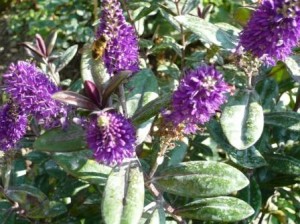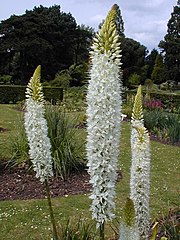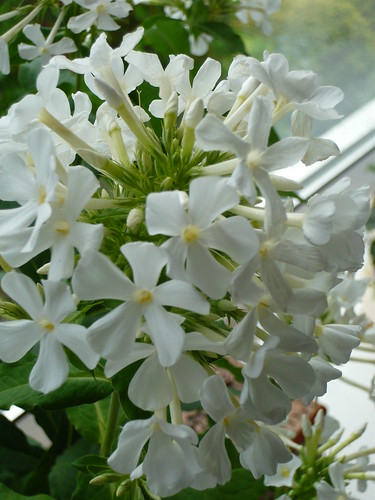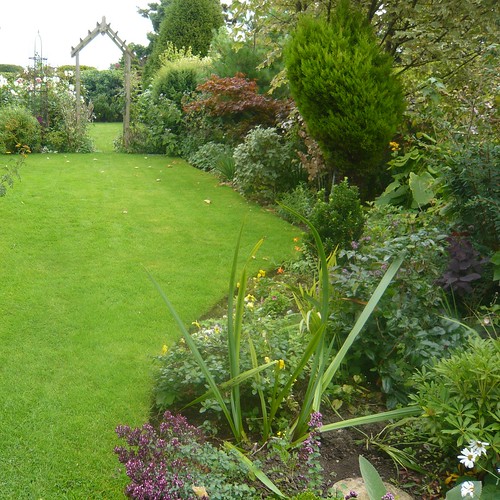Mildew Autumn Plants
Mildew is a white powdery fungus that looks unsightly on these leaves. Mildew is a sign of stress in a plant and usually arises from damp air with poor circulation. It is prevalent in my garden now Autumn is here in force. It is of less concern in winter as the cold will take care of the current problem until next year at least.
Some plants are more prone than others. My Phlox, Roses, Michaelmas Daisies and Azaleas have varying amounts of mildew at the moment.
Prevention improves by increasing the air flow and prune to allow that to happen. Water the ground not the leaves and mulch to keep moist.
Treatment by fungicide may not be eco-friendly so try a spray made from a tablespoon of baking soda in a gallon of water with a squirt of washing upo liquid to help it to stay on the leaves.
The fungus will not spread from one species to another but will linger in the soil so destroy infected plant matter or put up with the problem.
Keep roots of susceptible plants very well watered through spring and summer..
Seek out mildew resistant varieties and avoid late feeding of high nitrogen fertilizer creating young sappy growth.
Understand more about mildew in your garden













